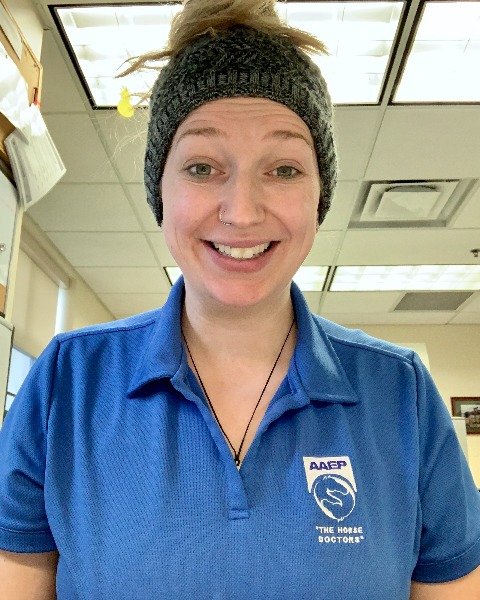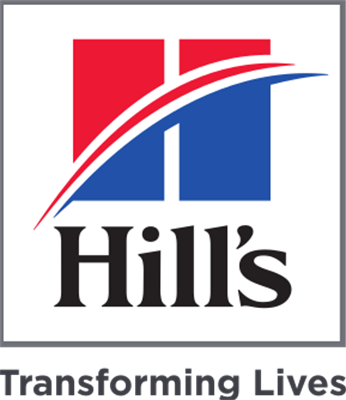Equine
Food Animal Internal Medicine
Anesthesia Complications in the Large Animal Patient
Thursday, June 15, 2023
3:00 PM - 4:00 PM ET
Location: PCC 202AB
CE: 1

Zoe E. Inglis, BVetMed, MBA
Large Animal Internal Medicine Resident
University of Minnesota Large Animal Hospital
St Paul, Minnesota, United States
Primary Presenter(s)
Presentation Description / Summary: As more and more equine and food production animals receive advanced care, the number of large animal patients undergoing general anesthesia increases as well. Due to their size and unique anatomy, these animals pose distinctive challenges and higher rates of anesthetic complications than their small animal counterparts. We'll discuss the most common anesthetic complications in the large animal patient (food animal and equine) including pathology, most recent statistics and literature as well as a facilitated discussion of mitigation strategies.
Learner Outcomes: 1. Review and understand the underlying pathology of the major anesthetic complications in large animals 2. Critically evaluate the occurrence of anesthetic complications and what methods can be taken to mitigate them 3. Define and identify the roles of different personnel in minimizing anesthesia risks during general anesthesia
Learner Outcomes: 1. Review and understand the underlying pathology of the major anesthetic complications in large animals 2. Critically evaluate the occurrence of anesthetic complications and what methods can be taken to mitigate them 3. Define and identify the roles of different personnel in minimizing anesthesia risks during general anesthesia
Learning Objectives:
- Upon completion, participants will be able to identify the major anesthetic complications (and associated pathophysiology) that are present with large animal patients.
- Upon completion, participants will be able to develop and implement strategies to minimize the anesthetic complications associated with large animal patients.
- Upon completion, participants will be able to recognize situations under which anesthetic complications may be increased and facilitate discussion between relevant personnel, to better prepare for or reduce adverse events.


